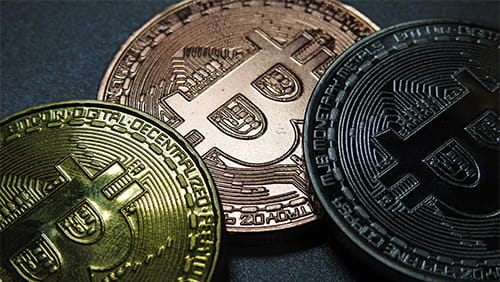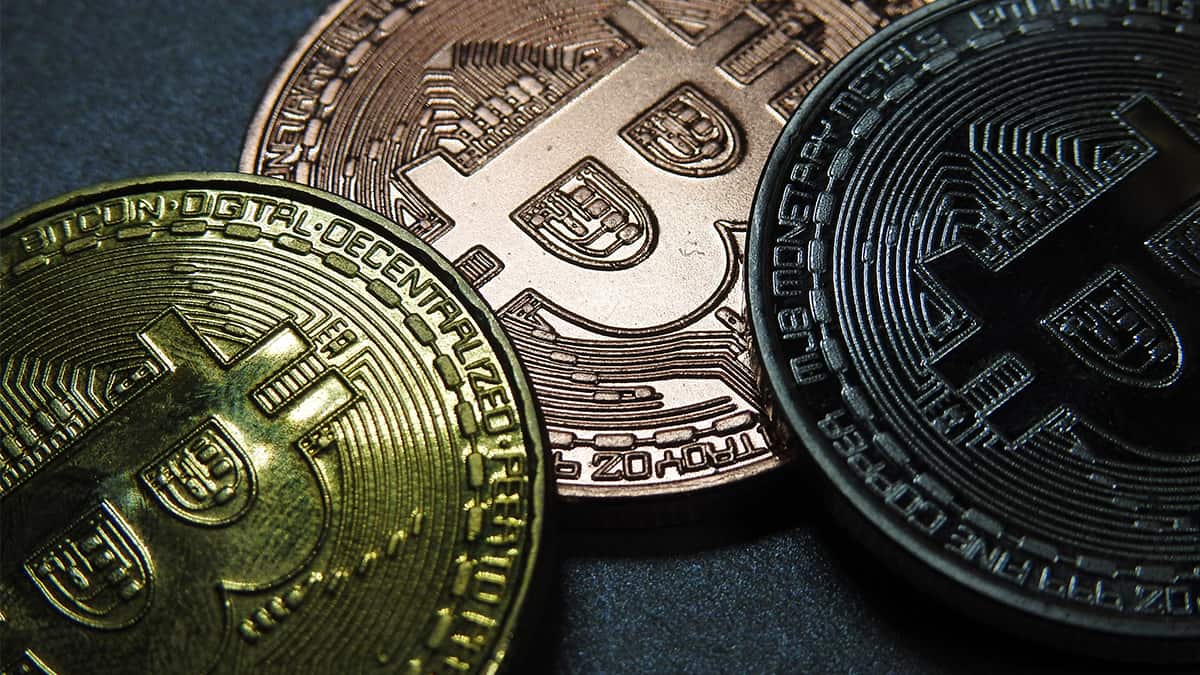 The U.S. Federal Reserve, which essentially controls the country’s money, is ready to classify digital currency as legitimate currency. It’s too soon to read a whole lot into a new proposal launched by the Fed and the Financial Crimes Enforcement Network (FinCEN), but the implications are real. The two government-backed entities want to redefine money to include digital currency, which would set the stage for the eventual acceptance of digital currency as accepted, regulated and supported money.
The U.S. Federal Reserve, which essentially controls the country’s money, is ready to classify digital currency as legitimate currency. It’s too soon to read a whole lot into a new proposal launched by the Fed and the Financial Crimes Enforcement Network (FinCEN), but the implications are real. The two government-backed entities want to redefine money to include digital currency, which would set the stage for the eventual acceptance of digital currency as accepted, regulated and supported money.
The Fed and FinCEN are suggesting the change to how money is defined in order to give regulators more control over the digital asset space. They’re currently on a mission to compile feedback and data on what a retooling of the definition of money might mean but, if the idea moves forward, digital currency would conceivably meet all the necessary requirements to be considered legitimate currency and would be able to be accepted everywhere fiat is now used. The ramifications are important, but there is still a lot of work to be done before this proposal sees daylight.
One of the drawbacks to the proposal shows how the general perception of digital currency remains negative and lacks confidence. The Fed and FinCEN would, in conjunction with the inclusion of digital currency as money, lower the threshold for cross-border transaction reporting. Currently, anything above $3,000 has to be reported, but they want to push that all the way down to $250. It’s hard to imagine that this comes by way of anything other than the plan of legitimizing digital currency as money.
The Fed published a notice (pdf) on its website last week, explaining its plans by stating, “The Board and FinCEN … are issuing this proposed rule to modify the threshold in the rule implementing the Bank Secrecy Act (“BSA”) requiring financial institutions to collect and retain information on certain funds transfers and transmittals of funds. The proposed modification would reduce this threshold from $3,000 to $250 for funds transfers and transmittals of funds that begin or end outside the United States. FinCEN is likewise proposing to reduce from $3,000 to $250 the threshold in the rule requiring financial institutions to transmit to other financial institutions in the payment chain information on funds transfers and transmittals of funds that begin or end outside the United States. [We] are also proposing to clarify the meaning of ‘money’ as used in these same rules to ensure that the rules apply to domestic and cross-border transactions involving convertible virtual currency (‘CVC’), which is a medium of exchange (such as digital currency) that either has an equivalent value as currency, or acts as a substitute for currency, but lacks legal tender status. [We] further propose to clarify that these rules apply to domestic and cross-border transactions involving digital assets that have legal tender status.”
Should this plan be approved, the eCommerce industry will benefit tremendously. This includes the online gambling segment, which would then have the Fed’s backing to expand into more regulated markets in the US. As a result, digital currency payments to gambling entities become more mainstream, as do blockchain-based gaming alternatives that would be able to use the Fed’s position as a foundation upon which they can seek regulatory approval.






